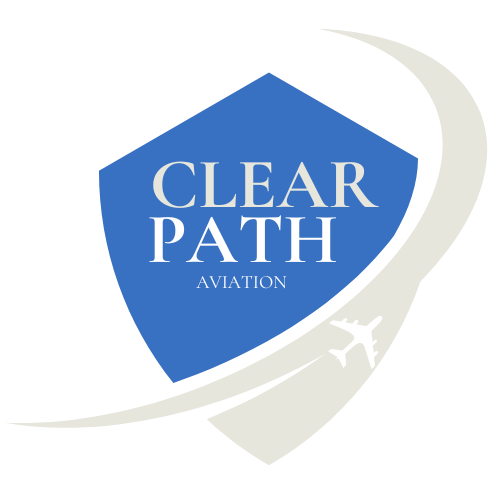The consequences of a runway overrun can be catastrophic, a recent tragic example at the beginning of November 2024 involved a business jet running off the end of the runway at Falcon Field in Mesa, Arizona following a high speed rejected take off. This accident sadly resulted in the deaths of all four passengers and one person who was driving a vehicle past the end of the runway that was struck by the aircraft.
Most overruns result in severe aircraft damage and serious or fatal injuries due to the inadequacy of runway end safety areas. In the event of an accident, these injuries and fatalities have deep and long-lasting effects. The financial aspects are also extensive, the loss of equipment, a runway closure for an extended length of time leading to subsequent disruption, flight diversions and cancellations, not to mention reputational damage to the aircraft operator and airport and a knock-on effect to the surrounding airport community.
Professional aviators routinely calculate and give thought to their take-off and landing performance, but give little or no thought as to what lies beyond the end of the runway. In the event that an aircraft does run off the end of a runway, whether on landing or after a rejected take off, the type of terrain has a large effect on the survivability and outcome of the accident.
Preventing runway overruns is crucial for ensuring safety and operational efficiency. Effective strategies include the implementation of advanced engineering solutions, such as EMAS, which to date has saved 23 aircraft as well as many lives and hundreds of millions of dollars.
Runway Safe makes aviation safer by helping to:
Predict – By conducting research into every runway related accident since 2015, a subsidiary of the Runway Safe Group – Clearpath Aviation, is analysing data to predict future trends and areas of high risk in runway operations to make safety recommendations.
Prevent – Continuous Friction Measurement Equipment (CFME), when used frequently will make sure runway friction is within limits and maintenance performed to maintain runway friction. When RWIS (Runway Weather Information System) is installed on a runway it provides real time runway surface data which can be used to provide crews and the airport with the latest runway conditions allowing appropriate decision making to take place regarding runway usage. Runway Safe’s sister company SARSYS are leading the way with CFME and RWIS all over the world.
Protect – In the event of an overrun, an EMAS will protect the aircraft and ensure the aircraft and its occupants are not harmed, saving lives and money.
By combining these measures with effective communication and real-time runway surface condition monitoring systems, airport operators can significantly reduce the risk of runway overruns.


Leave a Reply